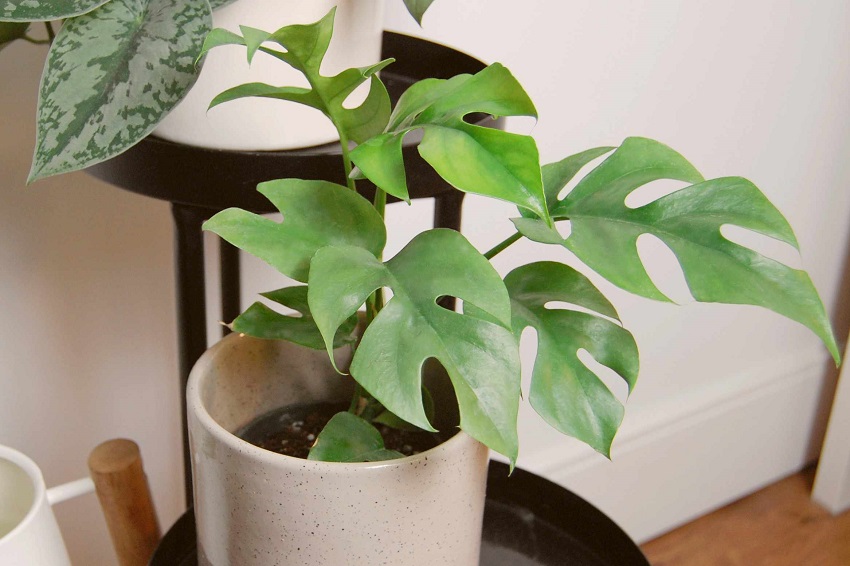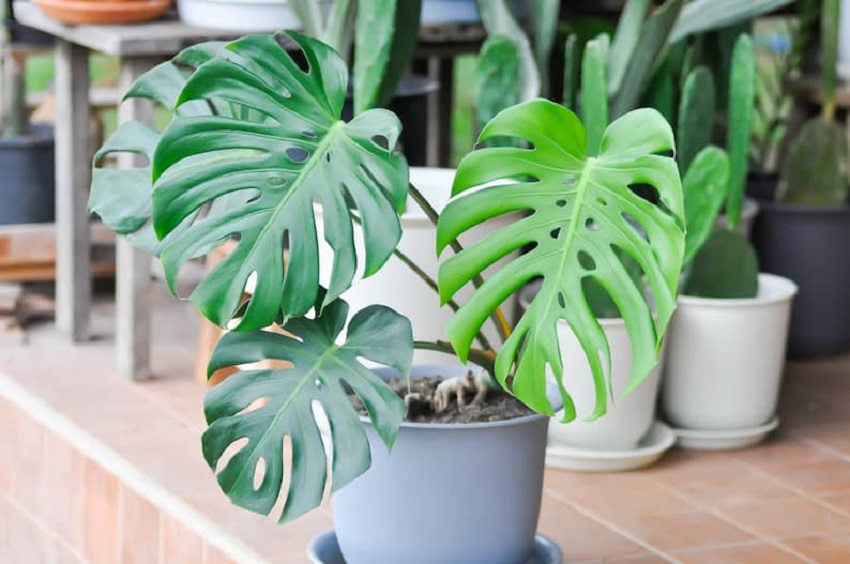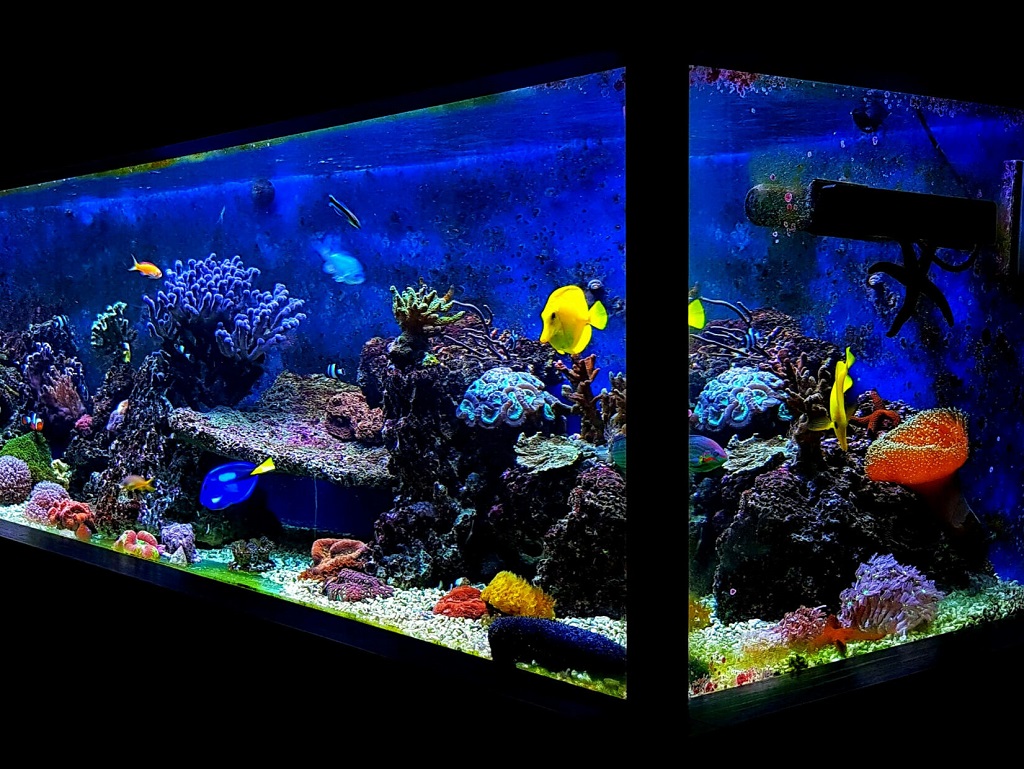Monstera plants, with their iconic split leaves and tropical appeal, have gained immense popularity among houseplant enthusiasts. These gorgeous plants thrive in a variety of lighting conditions, but it’s important to strike the right balance when it comes to sunlight exposure. In this article, we’ll delve into the topic of how long you should leave your Monstera in the sun to ensure optimal growth and overall plant health.
Understanding Monstera Light Requirements
Monstera plants are native to the rainforests of Central and South America, where they grow under the canopy of tall trees. In their natural habitat, they receive filtered or indirect sunlight, which makes them well-suited for indoor environments with moderate light levels. While Monstera plants can tolerate lower light conditions, they truly thrive when provided with bright, indirect light.
The Importance of Sunlight for Monstera Plants
Sunlight plays a vital role in the life of any plant, and Monstera is no exception. Adequate exposure to monstera direct sunlight helps these plants carry out photosynthesis, the process through which they convert light energy into chemical energy, promoting healthy growth and development. Sunlight also influences the plant’s ability to produce chlorophyll, the green pigment responsible for capturing light and facilitating photosynthesis.
Determining the Ideal Sunlight Duration for Monstera
To determine how long you should leave your Monstera in the sun, you need to consider factors such as the intensity of sunlight, the time of day, and the current condition of your plant. Here are some general guidelines to help you find the right balance:
1. Morning Sunlight
Morning sunlight tends to be gentler and less intense compared to the harsh afternoon sun. It’s beneficial to expose your Monstera to a few hours of morning sunlight, especially during the cooler months or if your plant is located indoors near a window. Aim for approximately 2-3 hours of morning sunlight to provide a healthy dose of natural light.
2. Indirect Sunlight
For the remainder of the day, it’s best to place your Monstera in an area that receives bright, indirect light. This can be achieved by positioning your plant a few feet away from a sunny window or using sheer curtains to filter the sunlight. Indirect sunlight provides the necessary light energy without subjecting the plant to intense heat or direct rays.
3. Avoiding Direct Afternoon Sun
Direct afternoon sunlight, particularly during hot summer months, can be too harsh for Monstera plants. Exposure to intense sunlight can lead to sunburn on the leaves, causing them to develop brown spots or patches. It’s crucial to shield your Monstera from direct afternoon sun, either by relocating it to a shadier spot or by using sheer curtains or blinds to diffuse the light.
4. Observing Your Monstera’s Response
While the guidelines mentioned above provide a good starting point, it’s important to monitor your Monstera’s response to sunlight exposure. Each plant is unique and may have slightly different light requirements. Keep an eye on the color and health of the leaves. If they appear vibrant and healthy, it’s a sign that your plant is receiving adequate light. On the other hand, if the leaves start to turn pale or yellow, it could indicate that your Monstera needs more sunlight.
Additional Factors to Consider
Apart from sunlight duration, there are a few more factors to consider when it comes to the overall well-being of your Monstera plant:
1. Temperature
Monstera plants thrive in temperatures between 65°F and 85°F (18°C to 29°C). Extreme temperature fluctuations can stress the plant and affect its growth. It’s important to provide a stable and comfortable environment for your Monstera, away from cold drafts or hot radiators.
2. Humidity
As tropical plants, Monstera plants appreciate higher humidity levels. If the air in your home tends to be dry, you can increase humidity around your Monstera by misting its leaves with water, placing a humidifier nearby, or using a pebble tray filled with water to create a humid microclimate.
3. Watering
Proper watering is essential for the health of your Monstera. The frequency of watering will depend on various factors such as the potting mix, container size, and environmental conditions. It’s important to maintain a balance and avoid both underwatering and overwatering. Allow the top few inches of soil to dry out between waterings to prevent root rot.
4. Fertilization
To support the growth of your Monstera, regular fertilization is recommended during the growing season, typically spring and summer. Choose a balanced, water-soluble fertilizer and follow the instructions on the package for the correct dilution ratio. Applying fertilizer once a month can provide the necessary nutrients for healthy foliage and robust growth.
In conclusion, Monstera plants require bright, indirect light for optimal growth. Morning sunlight for a few hours combined with bright, indirect light for the remainder of the day is generally ideal. However, it’s essential to observe your Monstera’s response to sunlight and make adjustments accordingly. Remember to consider other factors such as temperature, humidity, watering, and fertilization to ensure the overall well-being of your Monstera plant. By providing the right conditions, you can enjoy a thriving Monstera with its stunning foliage adding beauty to your indoor space.



